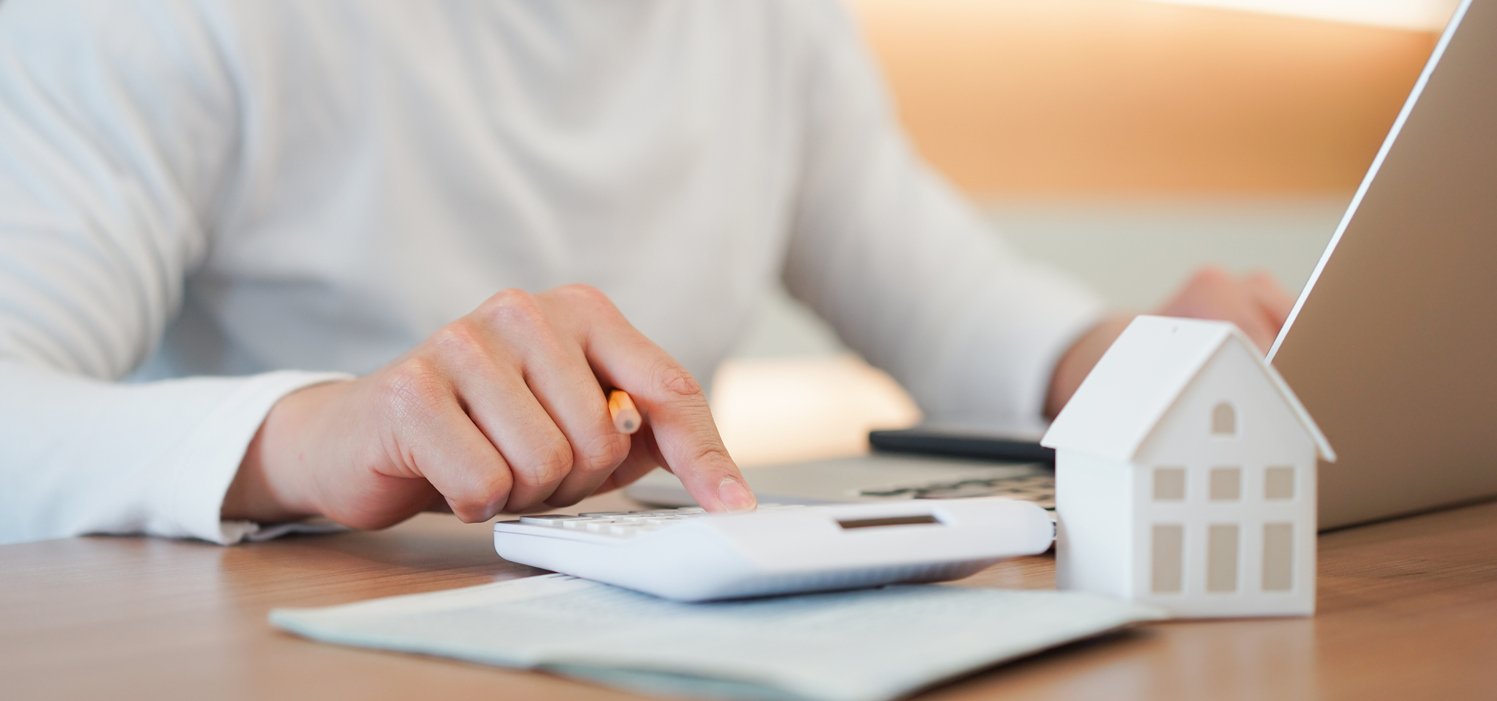
In the modern world, digital devices are everywhere. We check our phones first thing in the morning, use laptops for work, and scroll through social media during breaks. While these devices have undeniably made life more convenient and connected, they also bring a host of challenges—particularly when it comes to mental health. Enter the concept of a digital detox—a period of intentional disconnection from digital devices to reset our minds, improve mental well-being, and regain balance in our lives.
What is Digital Detox?
A digital detox is the practice of taking a break from the constant stream of information and distractions provided by digital devices like smartphones, tablets, laptops, and social media platforms. It can be for a set amount of time, whether for a few hours, a full day, or even a week. The goal is to reduce screen time, eliminate digital noise, and allow the brain and body to recharge.
The Impact of Technology on Mental Health
Technology has revolutionized the way we live, but its effects on mental health are becoming increasingly evident. Studies show that excessive screen time, especially on social media, can contribute to stress, anxiety, depression, and feelings of loneliness. Here are some ways that constant digital engagement can impact mental well-being:
-
Information Overload: The internet is a vast ocean of content, and we’re often drowning in it. Constantly being bombarded with news, notifications, emails, and messages can overwhelm the brain, leading to cognitive fatigue and stress.
-
Comparison and Low Self-Esteem: Social media platforms often showcase curated, idealized versions of people’s lives. This constant exposure can foster unrealistic comparisons, lowering self-esteem and increasing anxiety. People may feel pressured to meet certain standards or to be constantly “on.”
-
Disrupted Sleep Patterns: Excessive use of screens, especially before bedtime, can interfere with sleep. The blue light emitted by screens suppresses melatonin, a hormone responsible for regulating sleep, making it harder to fall asleep and stay asleep.
-
Reduced Face-to-Face Interaction: The more time we spend online, the less time we spend with people in person. Digital connections can sometimes feel more superficial, which can increase feelings of isolation and loneliness.
Benefits of a Digital Detox
Disconnecting from digital devices offers several benefits for mental health, including:
-
Reduced Stress and Anxiety: Taking a break from constant notifications and digital chatter helps calm the nervous system. By slowing down and disconnecting, we can reduce the stress that comes with trying to keep up with the digital world.
-
Improved Focus and Productivity: Constant digital distractions can make it difficult to focus. A digital detox allows for a deeper sense of presence, helping us stay focused on tasks, work, or hobbies. This, in turn, can increase productivity and provide a sense of accomplishment.
-
Better Sleep Quality: Giving up screens for a few hours before bed can help improve sleep quality. A better night’s sleep leads to enhanced mood, energy levels, and cognitive function the following day.
-
Reconnection with Nature and People: When we step away from our devices, we create space to engage more meaningfully with the world around us—whether it’s spending time in nature, reading a book, or having a face-to-face conversation with a loved one.
-
Improved Emotional Well-Being: The act of taking a step back and reflecting without the noise of technology allows for better emotional clarity and self-awareness. A digital detox can promote mindfulness, reduce negative thoughts, and help foster a sense of emotional peace.
How to Start Your Digital Detox
Embarking on a digital detox doesn’t need to be extreme or difficult. You can start small, gradually working your way up to longer periods of disconnection. Here are some tips to get started:
-
Set Clear Boundaries: Decide on a specific time when you will disconnect each day. For example, you could set aside one hour in the morning and one hour before bedtime to avoid screens.
-
Limit Social Media: Start by limiting your social media use. Set daily or weekly limits on how much time you spend scrolling, or consider temporarily deactivating your accounts for a break.
-
Establish No-Tech Zones: Designate certain areas in your home as “no-tech zones,” such as the bedroom or dining area, to encourage offline interaction and relaxation.
-
Engage in Offline Activities: Replace screen time with offline activities that nourish your mind and body. Read a book, go for a walk, meditate, or engage in a creative hobby like drawing or cooking.
-
Turn Off Notifications: Constant notifications are a major source of digital distraction. Turn off non-essential alerts and set your phone to “Do Not Disturb” mode to help you focus on the present moment.
-
Gradually Increase the Detox Time: If you’re new to digital detoxing, start with short periods and gradually extend them. Try a 24-hour break or designate digital-free weekends to reap the full benefits.
Conclusion
In a world that’s increasingly connected, taking the time for a digital detox is more important than ever. A short period of disconnecting from technology can have a profound impact on mental health, helping reduce stress, improve sleep, and enhance overall well-being. By setting boundaries with our digital devices and intentionally creating space for offline activities, we can restore balance to our lives and protect our mental health. So, consider taking a step back from the digital world and embrace the benefits of a much-needed break—it’s good for the mind, body, and soul.







